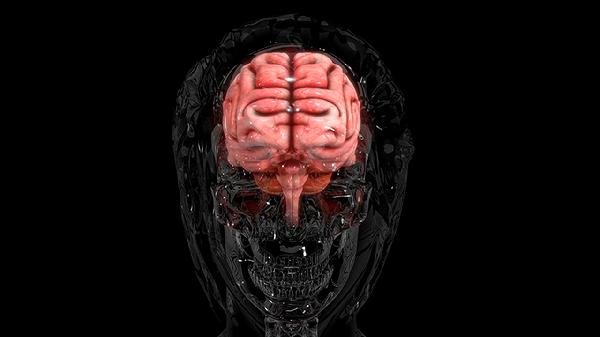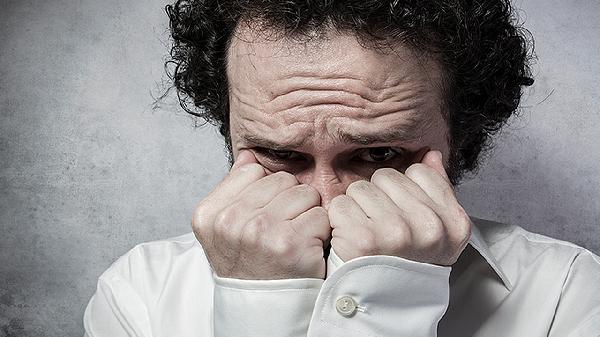Abigail Libers' story is all too familiar for millions of women across America. At 39, she's spent more than two decades navigating a healthcare system that repeatedly dismissed her debilitating migraines—a system that still struggles to properly diagnose and treat women's pain. Her experience highlights a disturbing truth: when it comes to pain, women are often gaslit by the very professionals meant to help them.
The Pain Perception Gap: Why Women Hurt Differently
Research shows women aren't just complaining more—their nervous systems literally process pain differently. Dr. Fadel Zeidan's work at UC San Diego's Pain Health and Mindfulness Laboratory reveals women have more nerve receptors per square centimeter and experience pain signals more intensely than men. This biological reality combines dangerously with societal stereotypes that label women as "dramatic" or "hysterical." The result? A perfect storm of under-treated pain that leaves women like Libers suffering in silence.
Diagnostic Disparities: When "It's All In Your Head" Becomes Medical Gaslighting
That condescending male doctor who doubted Libers' daily headaches? Textbook medical gaslighting. Studies show women wait longer for pain diagnoses and are more likely to be prescribed sedatives than actual pain medication. Conditions like endometriosis take an average of 7-10 years to diagnose, while fibromyalgia patients—90% of whom are women—face endless skepticism. As Dr. Janiece Taylor at Johns Hopkins notes, "When Black women report pain, they're often assumed to be drug-seeking, creating additional barriers to care."
The Hormone Factor: Your Cycle's Painful Secret
Here's what most doctors don't explain: estrogen directly influences pain sensitivity. Levels drop right before menstruation, triggering inflammatory responses that can turn mild discomfort into agony. Many women report their migraines, arthritis, and even old injuries flare cyclically—a phenomenon researchers call "menstrual amplification of pain." Yet few physicians consider hormonal cycles when treating chronic pain, leaving women to connect these dots themselves.
Reproductive Pain: The Great Medical Blind Spot
Conditions like endometriosis, which affects 1 in 10 women, demonstrate how female-specific pain gets minimized. The average OB-GYN receives less than 15 minutes of endometriosis training in medical school. Dr. Templeton explains, "When pain is tied to reproductive health, it's often dismissed as 'normal period cramps.' I've seen patients with stage IV endometriosis told to just take Advil and tough it out." This institutional ignorance forces women to become their own medical detectives.
Mental Health Missteps: The Pain-Anxiety Cycle
Here's the vicious catch-22: chronic pain increases depression risk, but being diagnosed with mental health issues makes doctors take physical pain less seriously. Women are twice as likely as men to receive anxiety diagnoses, which often leads physicians to attribute pain to psychological causes. As Dr. Okifuji notes, "The mind-body connection is real, but labeling everything as psychosomatic prevents proper treatment of very real physical conditions."
Fighting Back: How Women Can Advocate For Better Care
The solution starts with preparation. Before appointments, track symptoms with pain diaries noting location, intensity (use the 1-10 scale), triggers, and treatments tried. Bring research about your suspected condition—studies show this reduces dismissal. If a doctor brushes you off, literally say, "I'd like you to document in my chart that you're refusing to investigate these symptoms." This often prompts more thorough care. Seek out pain specialists (many major hospitals now have women's pain clinics) and don't settle for "learn to live with it" as a treatment plan.
The Future of Feminine Pain Care
Change is slowly coming. The NIH now requires female subjects in pain research, addressing historical data gaps. Telemedicine platforms like Maven Clinic specialize in women's pain management, while new drugs specifically target menstrual migraines. Perhaps most importantly, a growing number of women are sharing their stories, creating collective pressure for systemic reform. As Libers puts it, "I spent years thinking I was crazy. Now I know the system was broken, not me."
For every woman who's ever left a doctor's office in tears, doubting her own experience, remember this: your pain is real, it matters, and you deserve treatment that takes it seriously. The medical establishment might be slow to change, but the growing chorus of women demanding better care is impossible to ignore. Next time a doctor suggests you're exaggerating, channel your inner Abigail Libers—arm yourself with knowledge, trust your body, and keep fighting until someone listens.
























